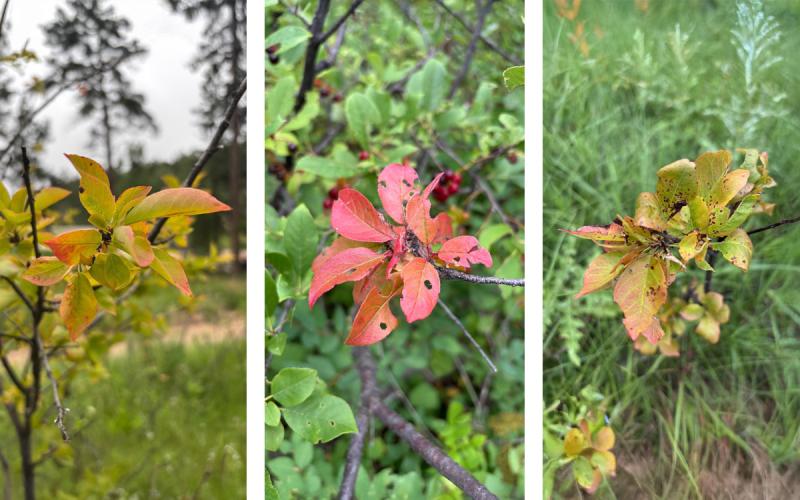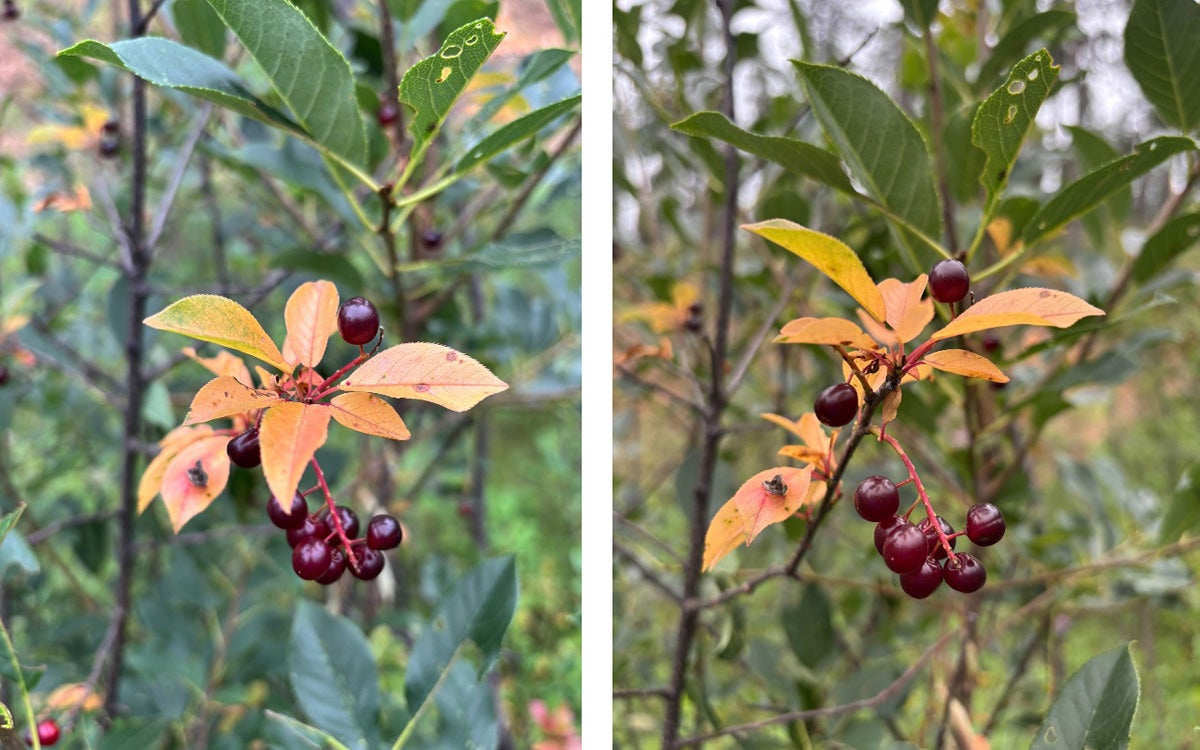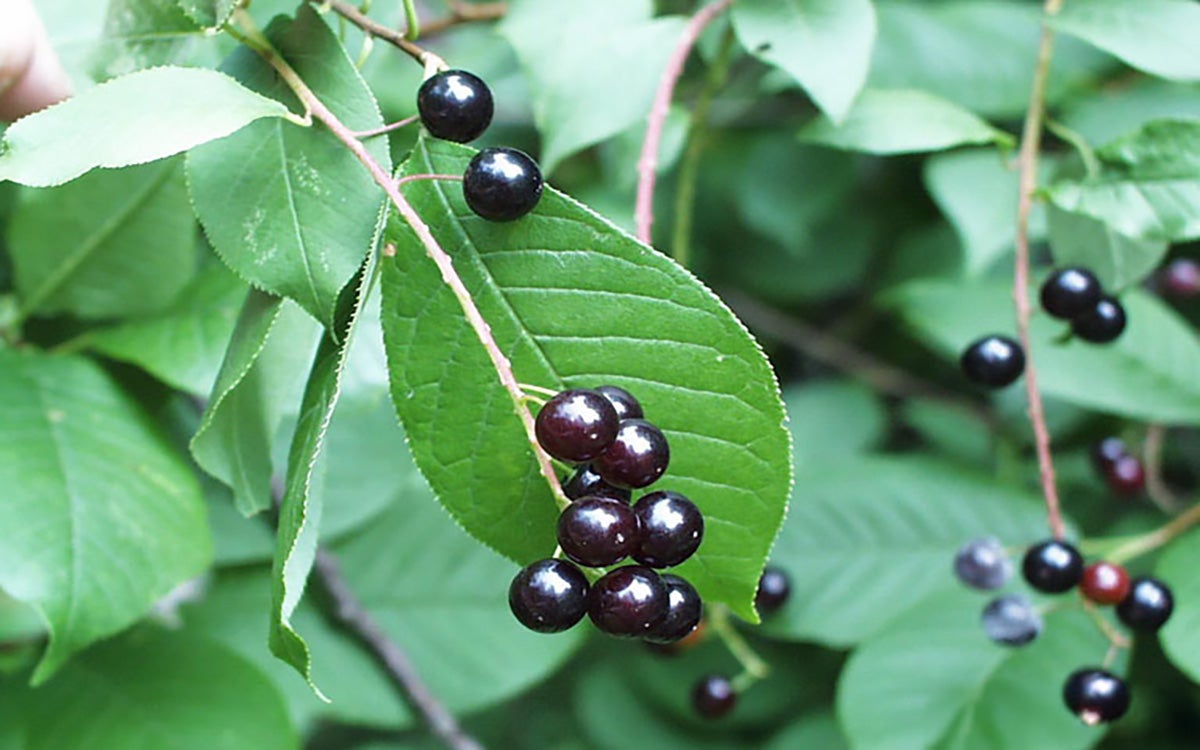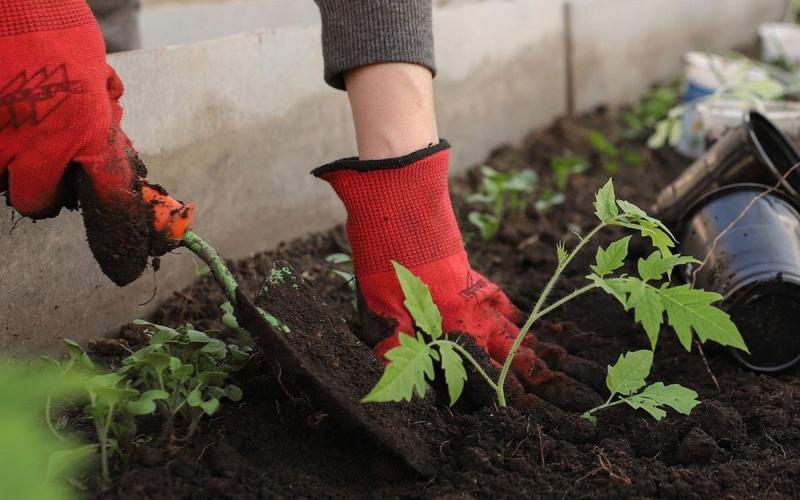What is X-Disease?
X-disease is the name given to a set of diseases caused by a strain of the bacteria “Candidatus Phytoplasma pruni” that primarily affects stone fruits. X-disease has been documented since the 1930s, though it wasn’t until the 1970s that it was finally understood to be a part of a highly unusual group of bacteria known as phytoplasmas. As such, each time it was found in a new location or on a new host, it was given a new name: Little Cherry disease, Pale cherry, Cherry buckskin, Little Peach, Peach rosette, Peach X-disease, Eastern X-disease, Western X-disease, and many others. Studies in the 90s and early 2000s revealed that all these diseases were caused by the same organism and were collectively called “X-disease”. While the X-disease phytoplasma is a bacterium, it behaves much more similarly to a virus, which was the cause for so much confusion in decades prior. For example, it is an obligate parasite and is unable to live outside of its hosts, it is vectored by small sap-feeding insects, it cannot be grown in a lab setting, and many other odd characteristics surrounding its biology. While X-disease has been documented in several dozen hosts, it primarily infects stone fruit, such as sweet cherry (Prunus avium), sour cherry (Prunus cerasus), peach/nectarine (Prunus persica), and chokecherry (Prunus virginiana). It is able to infect other stonefruits, such as apricot (Prunus armeniaca), plum (various species), and apples (Malus domestica) but does not appear to be as pathogenic on these trees. It can also be found in wide range of weeds, such as dandelions (Taraxacum spp.), goosefoots (Chenopodium spp.), mallows (Malva spp.), and clovers (trifolium spp.) and many others, but does not reliably cause many, if any, symptoms in these plants.
The X-disease phytoplasma (XDP) is spread by at least several species of leafhoppers. Once the leafhopper feeds on an infected plant, XDP spreads throughout the insect’s body over the course of several weeks, and, importantly, will infect the salivary glands. At this point, the leafhopper will infect plants as it feeds for the remainder of its life. Once a plant is infected with XDP, it will remain infected until the plant dies, though symptoms do not develop right away and may take several weeks to years to become symptomatic. As XDP primarily infects the cambium of plants, it can also be spread through scion grafting or root grafting.
Symptoms

Symptoms can vary heavily on both the plant host and strain of XDP. Infected chokecherries will typically display yellowing or reddening of their leaves by mid summer, with some trees turning a vibrant scarlet by September.
Similar to other cherries, the fruit will not fully mature and will either taste bitter or lack sweetness, with humorous descriptions of taste such as “dirty ditchwater.” As such, the fruit is inedible and should not be used for jam or any other culinary purpose, though it is not harmful to eat infected cherries. It will often be green, pink, or pale red depending on the severity of infection.
Oftentimes only a single limb will appear affected, though symptoms will spread throughout the tree over the course of several years. Some strains of X-disease seem more aggressive and will eventually cause decline and death of the tree.
Infected Fruit

Healthy Fruit

Management
X-disease is spread by several species of leafhoppers, such as Colladonus reductus, C. geminatus, Scaphytopius acutus, Paraphlepsius irroratus, Fiebriella florii, and others. Accurately Identifying leafhoppers is challenging, and it is not known what leafhopper vectors are most common in South Dakota. However, managing these highly mobile, rapidly reproducing, small flying insects is difficult and is generally not successful at preventing disease spread except on a large, commercial scale. Once a tree is infected, it will remain infected for the rest of its life and will slowly become more symptomatic. XDP will spread throughout the tree and root system; pruning is not successful at removing the disease and will often make symptoms appear or worsen on the remaining branches. The only reliable way to stop disease spread is the removal of infected trees. Chokecherries can easily form root networks and frequently grow new shoots from roots and thus may be difficult to completely kill without herbicide.
Identification
Phytoplasmas are notoriously difficult to recognize early in the infection cycle. As time progresses, symptoms become more recognizable and severe. Reliable confirmation is only possible through PCR testing. Please send plant disease questions to SDSU Extension Plant Pathology Specialist Dr. Madalyn Shires, SDSU Extension Horticulture Plant Pathology Field Specialist; Cody Molnar, SDSU Extension Horticulture Plant Pathology Field Specialist; or SDSU Extension Diagnostician, Connie Tande.
Samples can also be sent to the SDSU Plant Diagnostic Clinic for fee-based diagnostics. The clinic’s mailing address is 1148 Medary Ave, 2207-D, 1451 Stadium Road, Brookings, SD 57007-1090 and the physical address for sample drop off is Berg Ag Hall Room 203 (business hours) or 001 (after hours and weekends). For more information, visit the SDSU Plant Diagnostic Clinic website. When collecting samples for testing, select 3-5 branches of around pencil thickness from the tree, focusing on symptomatic limbs, and cut four-to-six-inch lengths of each one. Leaves are not necessary. These samples can be placed in a ziptop bag with a dry paper towel and refrigerated until shipping.
Sources
- X-disease phytoplasma (Western X), Washington State University.
- Molnar, C., Shires, M.K., Wright, A.A., Hoskins, M.C., Cowell, S.J., Nikolaeva, E.V., Knier, R., Nouri, M.T., Black, B. and Harper, S.J., 2024. Putting ‘X’ into Context: The Diversity of ‘Candidatus Phytoplasma pruni’ Strains Associated with the Induction of X-Disease. Plant Disease, 108(9), pp.2677-2687.
- Shires, M.K., Molnar, C., Cowell, S.J., Bishop, G., Voelker, J., Thompson, A.A., Nikolaeva, E., Copp, C., Flandermeyer, L., Melton, T. and Northfield, T.D., 2025. Alternative hosts of ‘Candidatus Phytoplasma pruni’ identified through surveys and vector gut content analysis. Plant Health Progress, pp.PHP-09.


